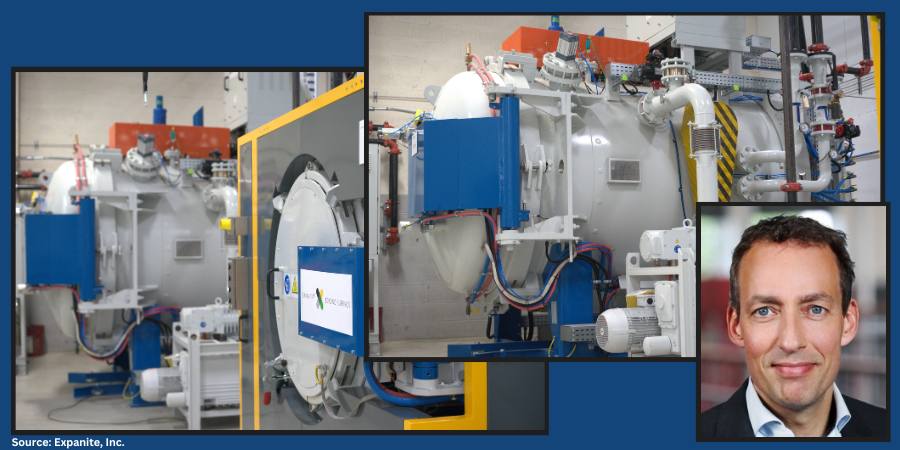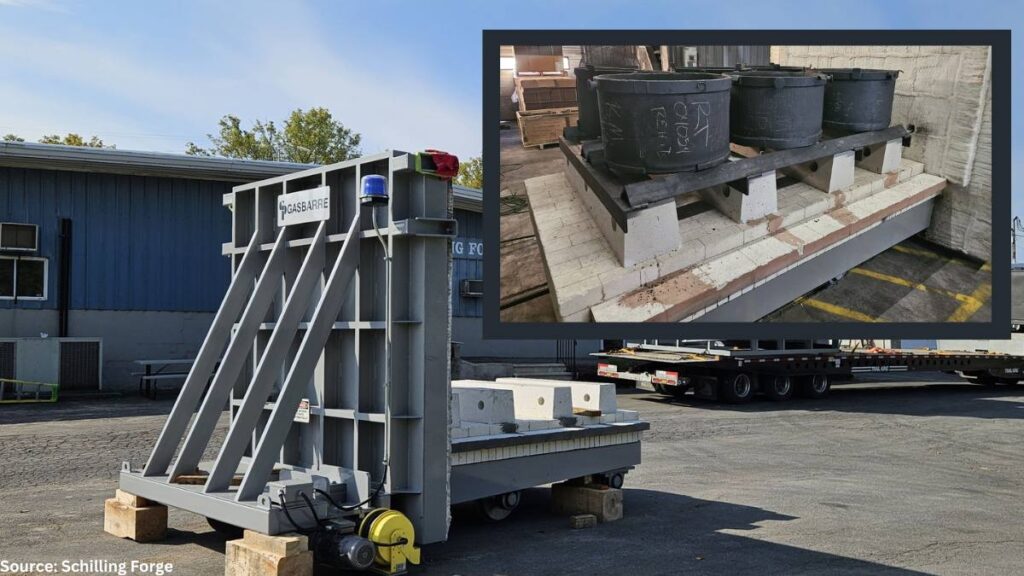Source: Medical Design Briefs
Canadian and Russian medical science technology researchers have been collaborating on a project to develop an industrial technology for the production of metal rod stocks used for creating modern bone implants, particularly for implants to treat spinal problems such as scoliosis. They recently published the success of their work — which includes a form of heat treating.

Scientists at the National University of Science and Technology (NUST) MISIS (Moscow, Russia) along with colleagues from the Ecole de Technologie Superiore (Montreal, Canada), announced the development of a new combination of alloy processing that produces solid and durable implants that are fully compatible with the human body. The research article is published in the Journal of Alloys and Compounds.
“The working material of this new generation of alloys is based on Ti-Zr-Nb (titanium-zirconium-niobium), which possesses so-called superelasticity, meaning it can restore its original shape against large and repeated deformation. Ti-Zr-Nb is also noted for its high mechanical strength and resistance to corrosion.”
“Our method of combined thermomechanical processing of alloys — in particular, radial-displacement rolling and rotary forging — allows researchers to get the highest quality blanks for biocompatible implants by controlling their structure and properties. Such processing of blanks gives them an outstanding resistance to fatigue and overall functional stability,” said Vadim Sheremetyev, one of the research authors and a senior research associate at NUST MISIS.
Read more: “Scientists Develop Elastic Metal Rods to Treat Scoliosis”
Also: “Scientists Develop Elastic Metal Rods to Treat Scoliosis” National University of Science and Technology MISIS





